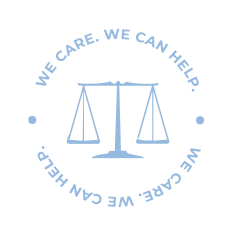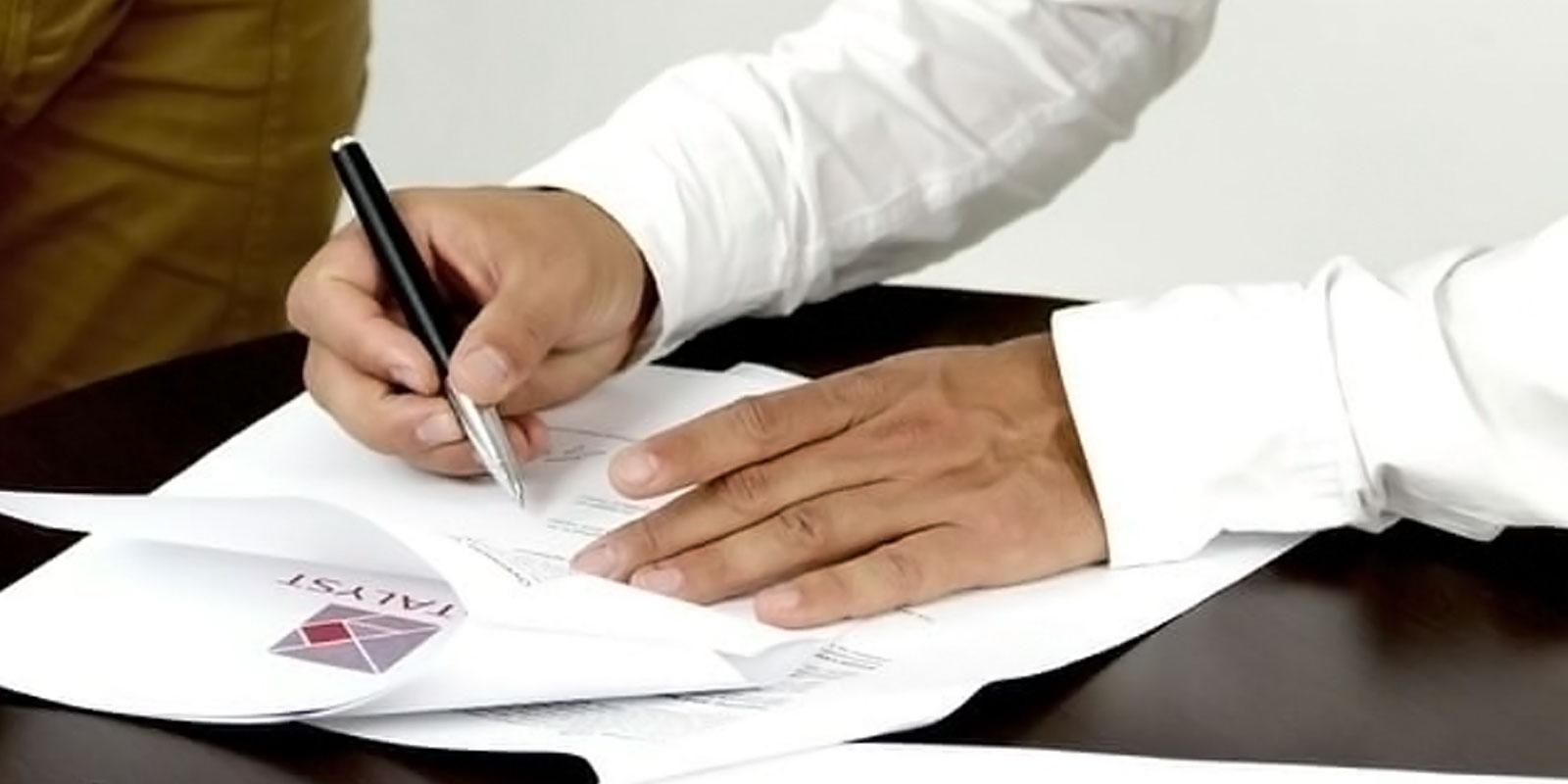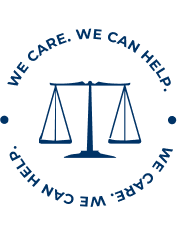On Feb. 7, 2019, the New York City Police Department sent a cease and desist to Google demanding the company stop displaying drunk driving checkpoints in its Waze and Maps applications. NYPD’s reasoning? Posting this information aids impaired drivers in evading checkpoints and encourages reckless driving. By revealing these checkpoints, drivers, passengers, and the general public are at greater risk.
The Fourth Amendment to the U.S. Constitution allows only a “reasonable” search and seizure. In other words, police typically aren’t allowed to stop a vehicle without probable cause. Officers must have a reason to suspect a crime has been committed—including traffic violations—to detain a driver. For this reason, in some circles, drunk driving, or sobriety checkpoints have long been a major source of controversy. There are 13 U.S. states where checkpoints aren’t conducted because state law prohibits or doesn’t fund them. Regardless of individual state laws, the Supreme Court ruled that temporary DUI checkpoints do not violate a person’s Fourth Amendment rights because drunk driving deterrents are a matter of public safety.
In fact, when drunk driving checkpoints occur on a weekly basis, they can lead to a 20 percent reduction in alcohol-related fatal crashes.
What is a drunk driving checkpoint?
A drunk driving checkpoint is a roadway block where police stop and “detain” every driver to assess for alcohol impairment. Sometimes, officers will stop vehicles at random. These checks allow officers to take a breath test of anyone they reasonably suspect is intoxicated. The signs of drunk or impaired driving that officers look for are:
- Bloodshot eyes
- Slurred speech
- The smell of alcohol
- Watery eyes
- Turning around to avoid the checkpoint
In addition to a breathalyzer, an officer may ask a driver to submit to a field sobriety test to examine balance and coordination. DUI checkpoints have been proven to decrease alcohol-related injuries and property damage.
Police departments set up drunk driving checkpoints in locations with high crash frequency at times and dates when drunk driving crashes are more likely to occur.
Other Violations Caught at DUI Checkpoints
In addition to catching drunk drivers, DUI checkpoints allow police to catch several other violations. These violations include suspended driver’s licenses, expired registration, and outstanding warrants.
For all the crime checkpoints help deter or catch, police departments across the country feel that the police alert feature in Waze impedes their ability to promote safety in their communities.
What is Waze?
The Google-owned Waze is an extremely popular social GPS app. The app provides turn-by-turn navigation and user-submitted information about route details. Details users can submit include hazards, traffic jams, accidents, detours, construction and, much to the chagrin of law enforcement, the locations of police officers. Each type of obstruction has its own icon that users can easily identify. The police alert icon is a mustachioed cartoon man in a blue uniform.
The app’s ability to geotag road conditions allows users to avoid police speed traps and DUI checkpoints. On its website, the app even adversities its usefulness for avoiding police.
How are drunk driving checkpoints identified in Waze?
Waze does not have a feature that specifically identifies DUI checkpoints. But, once a user selects a police presence alert, they can add custom details about why police are at that location.
In essence, this feature is no different than driving past a DUI checkpoint and sending a group text to friends or sharing the checkpoint on Facebook.
Is Using Waze to Find DUI Checkpoints Ethical?
Finding methods to communicate a police presence with other drivers is nothing new. For example, drivers flashing headlights to warn oncoming cars of a speed trap up ahead is the most primitive way to save a stranger from a bad day. The 1970s saw civilian drivers adopt CB radios to warn other drivers of speed traps. Drivers in the late 1990s and mid-2000s used radar detectors to warn them of a police presence. Considering the tremendous technological advancements made over the last 20 years, thanks to the internet, it could be argued that Waze is the natural progression in avoiding contact with law enforcement.
But, while avoiding a speed trap is one thing, using Waze to avoid DUI checkpoints may be a moral issue that Google may need to consider. There is absolutely no denying that sharing drunk driving checkpoints in real time helps drunk or impaired drivers.
Despite the best efforts of several organizations to end impaired driving, these efforts are often stymied by a person’s individual choices and perception of self. In essence, drunk driving begins with a person choosing to drink to the level of impairment then choosing to drive. But the motive in getting behind the wheel can be for several reasons.
Drunk drivers may believe that they:
- Are better drivers when they’re drunk or high
- Haven’t reached their limit
- Are confident they won’t get caught because they are habitual drunk drivers
- Aren’t as intoxicated as they really are
- Simply don’t care about the consequences of their actions
No matter where a driver who has been drinking falls in their motives, each will do what they can to avoid any interaction with law enforcement. As a result, Waze gives drunk drivers the ability to map out their next destination to avoid a DUI checkpoint. Alternative routes can prolong a trip meaning that a dangerous driver is on the road longer and endangering more people.
What does Google believe about using its app to avoid DUI checkpoints?
Google’s stance on the matter is that the police presence feature in Waze keeps drivers safer by allowing them to act with greater caution on the road. A Google spokesperson responded to requests for comment by saying:
“Safety is a top priority when developing navigation features at Google. We believe that informing drivers about upcoming speed traps allows them to be more careful and make safer decisions when they’re on the road.”
Further, at this time, the First Amendment protects both the company and individual users from government interference. Telling people that something exists is not against the law.
Ethical Blurred Lines
The law further complicates answering whether or not Google Maps and Waze should be allowed to share drunk driving checkpoints. In 1990, the U.S. Supreme Court ruled 6-3 that sobriety checkpoints are constitutional. However, in its opinion, the Court said that a checkpoint must be publicized ahead of time to be constitutionally valid.
Publicizing sobriety checkpoint spurs two trains of thought:
- Law enforcement argues that their publicizing of checkpoints is crucial to their ultimate goal of deterring drunk driving. In fact, an estimated 11-20 percent decrease in drunk driving incidents are attributed to local news outlets alerting the public of upcoming DUI checkpoints.
- On the other hand, proponents of Waze and Google Maps allowing the share of checkpoints argue that because police already advertise the event, using social media to alert others isn’t out the realm of what’s already done by law enforcement.
While constitutional validity requires publicizing the event, it does not require the location to be announced. In fact, with respect to location, the Court only requires the checkpoint is held in a “reasonable location.”
To Adapt or not to Adapt?
This isn’t the first time a tech company has been asked to remove DUI checkpoint alert apps or features. In 2011, four U.S. Senators wrote a letter to Apple, Google and other smartphone companies. The letter asked the companies to ban apps that would help motorists identify and avoid drunk driving checkpoints. While Apple and Blackberry complied with the request, Google has long taken the position that these types of apps do not violate the company’s content policies.
Because the Android operating system is open-sourced and compatible with most devices, Google’s Android has the largest slice of smartphone consumers. In short, this means that even if Apple and other tech companies remove Waze, or require removal of the police alert feature to host Waze, the app will still be available on millions of devices.
If the NYPD’s request doesn’t move Google to remove the feature, the public safety question may become: do individuals have to change their behavior to accommodate law enforcement or is the burden on police to adapt to new technology?
The Carlson Law Firm Cares About Public Safety
Drunk driving is responsible for nearly 30 percent of fatal auto collisions. Drunk driving checkpoints are a matter of public safety. Because these checkpoints reduce the number of alcohol-related crashes in certain areas, the real-time sharing of DUI checkpoints through apps like Waze allows drunk drivers to avoid the reality check they need. This information can ultimately cause harms that can seriously injure or kill someone.
Our firm has represented thousands of car crash victims. We know that alcohol-related car crashes increase the severity of injuries a person may experience. Our experience has also taught us that law enforcement does not take driving under the influence of alcohol lightly. When it comes injuries caused by a drunk driver, the laws are on an injured victim’s side.
The Carlson Law Firm has the tools and resources to help victims pursue a maximum settlement and get the justice they deserve. We pride ourselves on helping victims while holding drunk driving perpetrators accountable. For expert answers to your questions, contact The Carlson Law Firm to schedule a free case evaluation.





